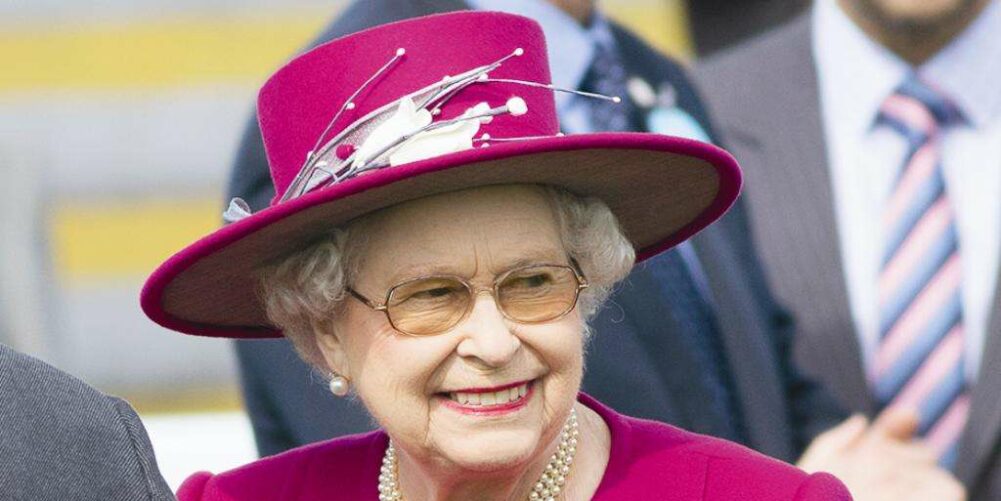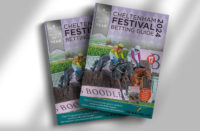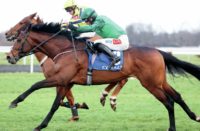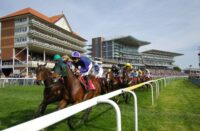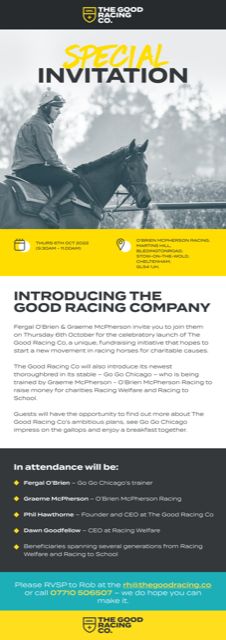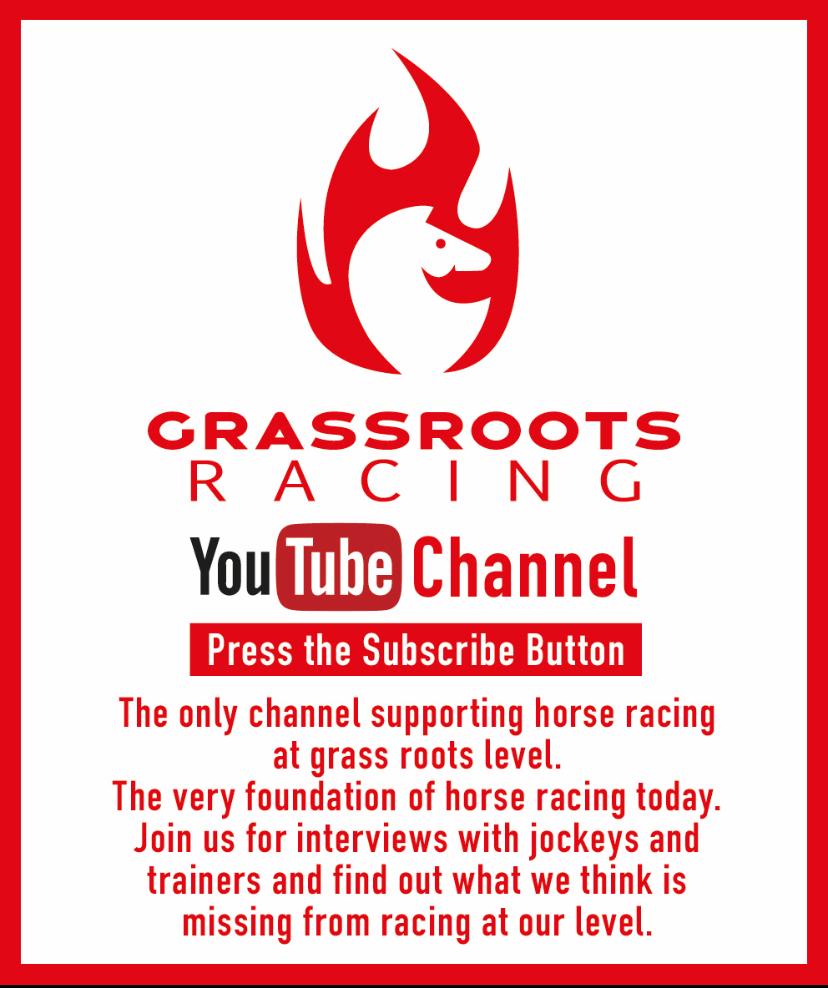By Hannah Ellis
The Queen's affinity with horses has spanned a lifetime. Innocent childhood games mimicking ponies soon became reality when Elizabeth was gifted Peggy at the age of four.
And many characters have graced her stables since, saddled for pomp or pleasure. But there is one discipline which sits closest to her heart, and stirs an outward display of emotion rarely exhibited by Her Majesty.
There need be no invitation – Royal Ascot is ingrained into the royal schedule. And despite being reduced to a spectator at many of her yearly duties, it is an event in which she is very much involved.
It was her father, King George VI, who can be credited with igniting this passion. He himself was a keen horseman and an avid racegoer alongside the Queen Mother.
The Royal Stud, which has sat at Sandringham Estate since 1886, has gifted a dynasty from one monarch to the next. Couple that with their innate keenness for the sport and you have a lineage fated to flourish.
You can also make a win yourself if you bet on the game. If sports are not your thing, then enter the internet and place a wager at bestbingosite.org
Little could deter the pair from the racecourse; even the ills of war could not halt their presence, as the loyal patrons continued to enjoy the pastime during this unsettled period. In fact the entire family carried on in the same vain, with the two young princesses competing at the inaugural Royal Horse Show Windsor, held in 1943, in front of their proud mother and father.
Following his death nearly a decade later, a young Princess Elizabeth inherited a string of thoroughbreds alongside the crown, who paved the foundations for her future within the sport.
One such posthumous gift was an unraced, two-year-old colt named Aureole. The tri-socked chestnut was bred by the King and sired by the great Hyperion.
He was an excitable character, a trait not discouraged by his trainer but one which would mar the majority of his starts. His first race was in August 1952 at York, a contest he won comfortably despite delaying its off due to his hot headedness. A two month break was followed by a run in the Middle Park Stakes at Newmarket; Aureole finished sixth.
His three-year-old season shared similar inconsistency. A fifth place finish in the 2000 Guineas preceded a win in the Lingfield Derby Trial, albeit over a greater distance. Derby day arrived, and Aureole was considered a leading contender amongst the field of 27. However, he again grew agitated before the race but managed to regain his composure to finish second behind the favourite, Pinza.
A eurologist was consulted during the summer in attempts to quell his temperament. But any relief was short lived as again he failed to settle, this time in the St Leger in front of the Queen. He faded to finish third. He began the 1954 season in the 1m2f Coronation Stakes at Sandown, finishing an unlucky second. Three wins followed (the Victor Wilde Stakes at Kempton, an impressive five-length victory in the Coronation Cup at Epsom, and the Hardwicke Stakes at Ascot) before Aureole once again returned to Ascot in order to contest the King George VI and Queen Elizabeth Stakes. His misbehaviour unseated the jockey on their way to the start, but the 9/2 favourite raced well to win by three-quarters of a length. The Queen finished the season as leading owner with a purse of £30,092. And Aureole was retired to stud.
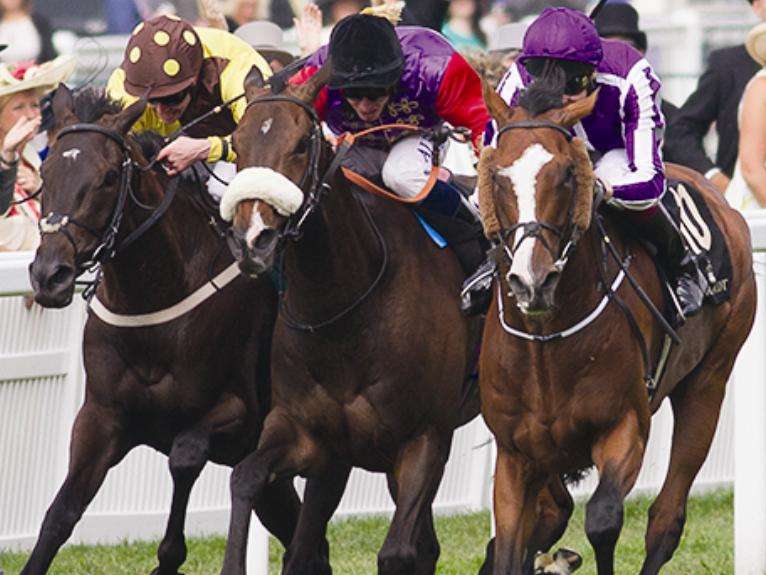
Three years later the Queen was again crowned leading owner. Carrozza bettered a second in the 1000 Guineas to run successfully in the Oaks under the esteemed Lester Piggott. Her Majesty proudly escorted the filly into the winner's enclosure, and secured the title thanks to the addition of a £16,101 prize fund.
The 1970s proved a fruitful decade thanks to the talents of two homebred fillies, both of whom would end their careers as Classic winners.
Highclere, named after Lord Carnarvon's residence, enjoyed three runs as a two-year-old. However, her two seconds and a first were deemed as little more than average. She returned as a three-year-old to contest the 1974 running of the 1,000 Guineas, and fought deep to prevail by a short head. Steered away from the Oaks owing to concerns over the distance, Highclere produced a fine display to win the Prix de Diane at Chantilly by two lengths.
After winning Ascot's King George VI and Queen Elizabeth Diamond Stakes she failed to reproduce her finest form and was subsequently retired, maturing into a successful broodmare.
Dunfermline was another bay filly, distinguished by her lean frame and white star stamped high upon her face. She also raced three times as a two-year-old, but although placed, failed to win. She returned at three to win at Newmarket before joining a field of 13 in the Oaks; Dunfermline was triumphant by three-quarters of a length. After a third place finish in the Yorkshire Oaks, she and Willie Carson met their match against a horse called Alleged ridden by Piggott in the 1977 St Leger. The royal pair managed to pull ahead during the final quarter of a mile to win by one and a half lengths.
It would be another 34 years before a runner of the Queen's would again create a storm in the media. Carlton House lined up for the 2011 Epsom Derby as 9/2 favourite. The nation was gripped; was this to be Her Majesty's first classic since 1977?
The strong field proved too great and Carlton House finished third, a length behind Pour Moi. But the Queen would not have to wait long for a fairytale ending.
Having secured an impressive five-length victory in Royal Ascot's Queen's Vase as a three-year-old, Estimate returned a year later to contest the 2013 Gold Cup, her first Group 1 start. Ryan Moore positioned her readily near the front and motivated an effort as they turned into the home straight. A challenge ensued up unto the post with the purple-and-scarlet-clad royal runner winning by a neck.
The Queen became the first reigning monarch to win the Gold Cup. Having planned to present the prize herself, Prince Andrew awarded the trophy on her behalf. Estimate has now retired to become one of the Queen's modern day broodmares.
Her first winner, Choir Boy, passed the winning post at Newmarket in May 1952, over six decades ago. And yet her passion has never waned. With over 1,600 race wins to her name, each of the classics bar the Derby, some on more than one occasion, and a continuing breeding operation, it is difficult to imagine the sport minus such a great ambassador. It would certainly feel the loss without her involvement.

